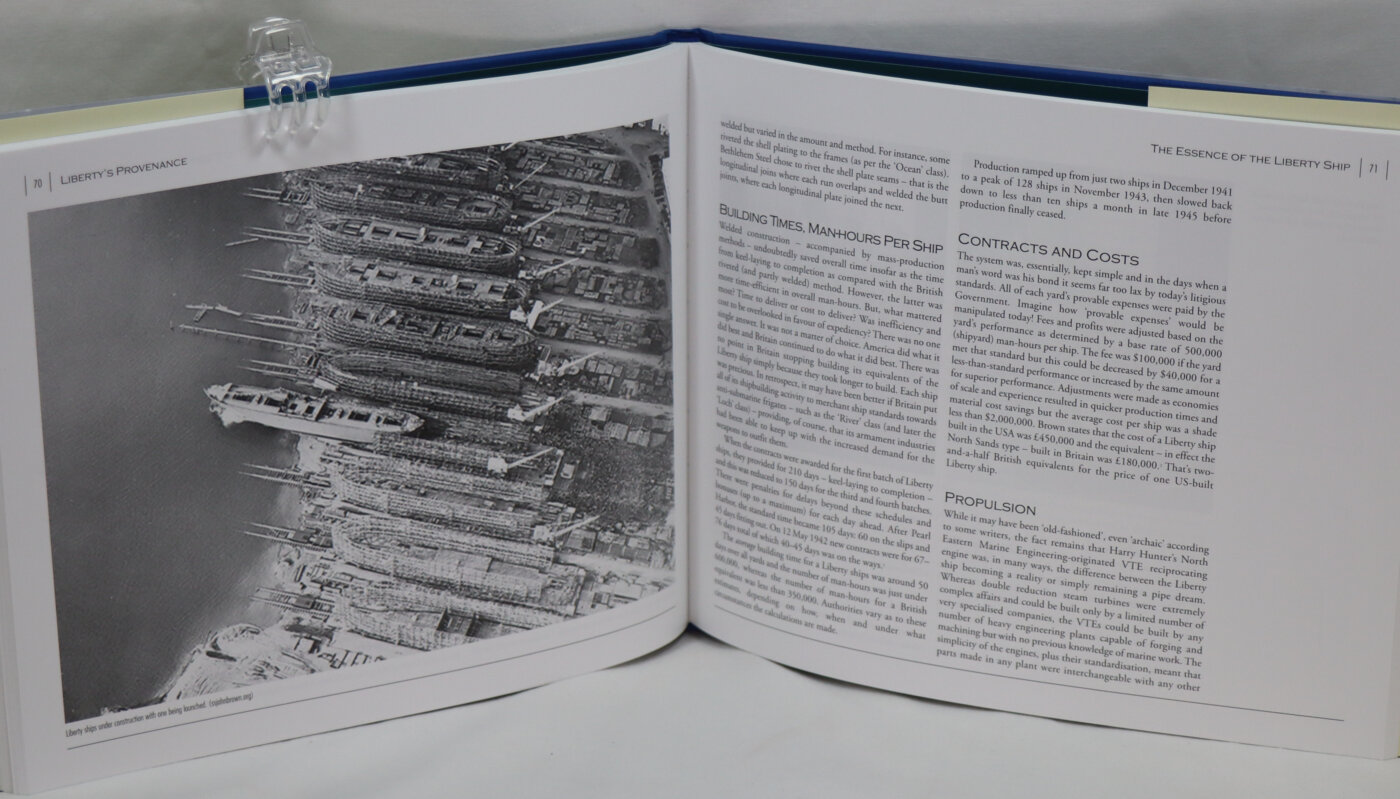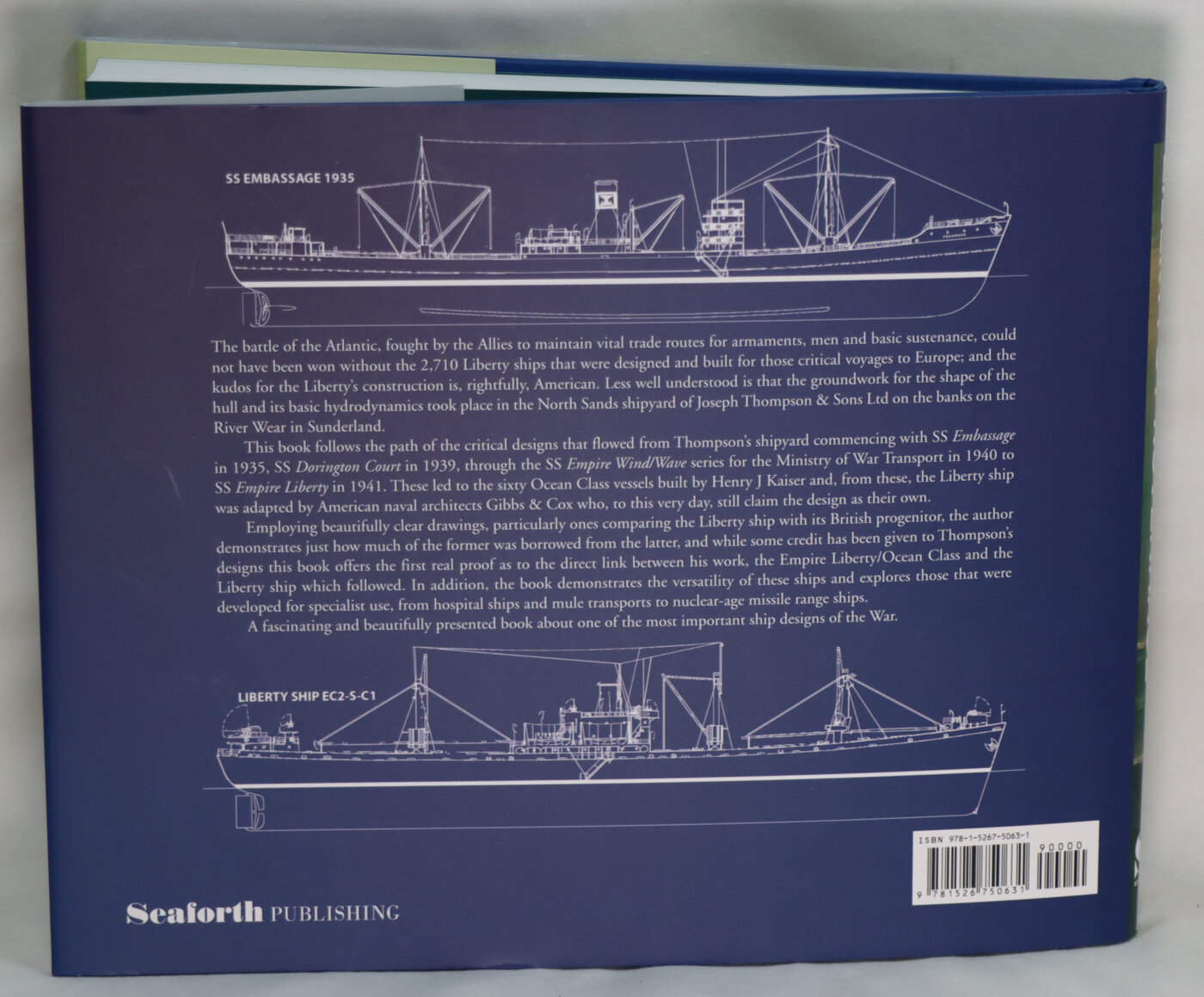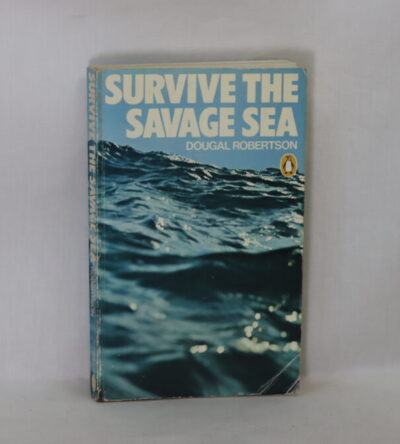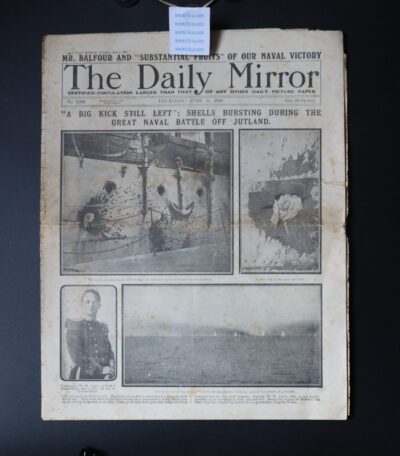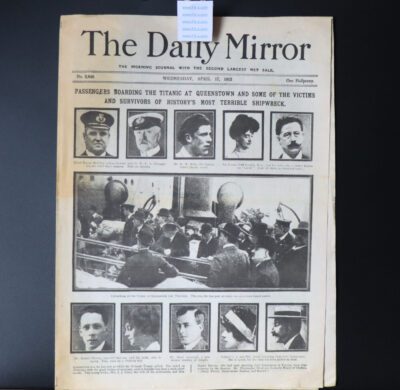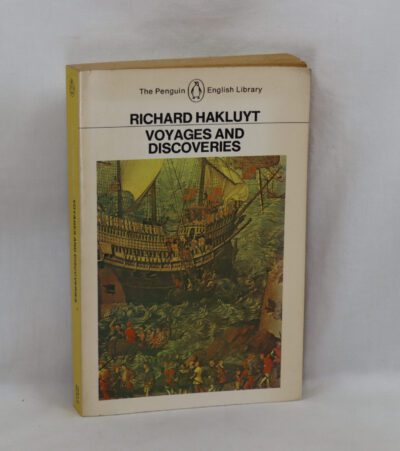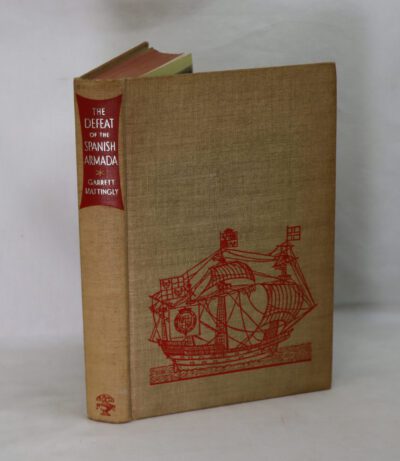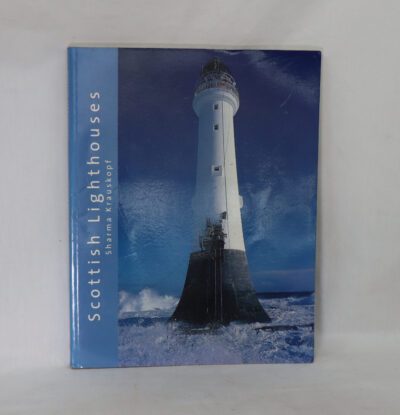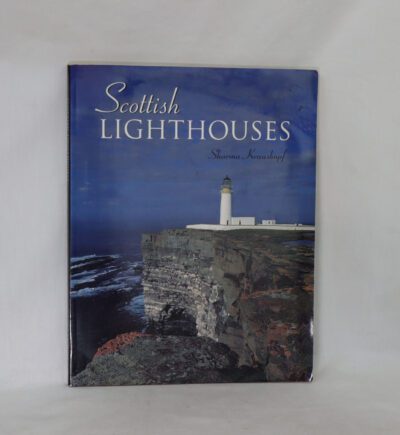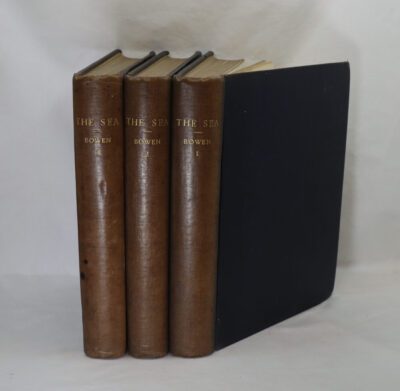Liberty's Provenance.
By John Henshaw
ISBN: 9781526750648
Printed: 2019
Publisher: Seaforth Publishing. Barnsley
| Dimensions | 26 × 21 × 2 cm |
|---|---|
| Language |
Language: English
Size (cminches): 26 x 21 x 2
Condition: As new (See explanation of ratings)
Item information
Description
In the original dust jacket. Navy cloth binding with gilt title on the spine.
- We provide an in-depth photographic presentation of this item to stimulate your feeling and touch. More traditional book descriptions are immediately available.
- Note: This book carries the £5.00 discount to those that subscribe to the F.B.A. mailing list.
The battle of the Atlantic, fought by the Allies to maintain lines of communication and vital trade routes for armaments, men and basic sustenance, could not have been won without the 2,710 Liberty ships that were designed and built for those critical one-way voyages to Europe – more than one voyage was considered a bonus. The kudos for the Liberty’s construction is, rightfully, American for that is where they were built. Less well understood is that the groundwork for the shape of the hull and its basic hydrodynamics took place in the North Sands shipyard of Joseph Thompson & Sons Ltd on the banks on the River Wear in Sunderland. This new book follows the path of the critical designs that flowed from Thompson’s shipyard commencing with SS _Embassage_ in 1935, SS _Dorington Court_ in 1939, through the SS _Empire Wind/Wave_ series for the Ministry of War Transport in 1940 to SS _Empire Liberty_ in 1941\. These led to the sixty Ocean Class vessels built by Henry J Kaiser and, from these, the Liberty ship was adapted by American naval architects Gibbs & Cox who, to this very day, still claim they designed the Liberty ship. With the use of beautifully drawn ship profiles, starting with World War I designs, then the critical designs from Thompson’s shipyard, and particularly a drawing comparing the Liberty ship with its British progenitor, the author demonstrates just how much of the former was borrowed from the latter. While some credit has been given to Thompson’s designs this new book offers the first real proof as to the direct link between his work, the Empire Liberty/Ocean Class and the Liberty ship which followed. In addition, the book demonstrates the versatility of the Liberty ship and explores those that were developed for specialist use, from hospital ships and mule transports to nuclear-age missile range ships. A fascinating and beautifully presented book for all those with an interest in the battle of the Atlantic and, more specifically, in one of the most important ship designs of the War.
Reviews:
-
- This is a book for readers with a wide interest in ships as well as the Battle of the Atlantic and the war of logistics that underpinned the land campaigns of the Second World War. The author is clearly passionate about his subject and his argument accords with earlier historiography on the subject. –Warship
- The book is clearly written and emphasizes the trade-offs determining the ship design to get the most effective ship possible, as well as establishing the parallel government established industrial effort between the U.S. and the U.K. which would actually deliver the ships themselves. The author does a good job in reading statistical studies from original sources…. The book is well-printed in landscape format on good quality paper and deserves consideration from anyone interested in how the ship design process is translated into actual product which in turn can win a war. —Warship International
- This is a book for ship enthusiasts and those who enjoy reading finely argued technicalities. While over 70 years have passed since these events the record of the Liberties has been definitively corrected. Liberty’s Provenance does this exceptionally well. –The Australian Naval Institute
- This is a superb production replete with very clear line drawing by the author and a fine array of photographs that back up his very clear and lucid text. It needs to be on the shelf of anyone seriously interested in the naval and maritime history of World War II or the story of the development of merchant shipping in the twentieth century. –Nautical Research Journal
- This is without doubt a fascinating and beautifully presented account of the evolution of a particular maritime lineage, during a very generally exciting and interesting period of world history…. A fascinating book, well worth having and reading. —A Question of Scale: A Wargaming Work in Progress
About the Author: JOHN HENSHAW is a retired chartered surveyor, educated at Wesley College and Melbourne University. He spent most of his working career designing and constructing buildings of all types from domestic houses to office buildings. He has always had a love of the sea and owned several yachts, cruising Australia’s North East Coast extensively. He is also an accomplished marine watercolour painter and ship modeller and a fine technical draftsman. His beautiful linework is a highlight of this book.
Want to know more about this item?
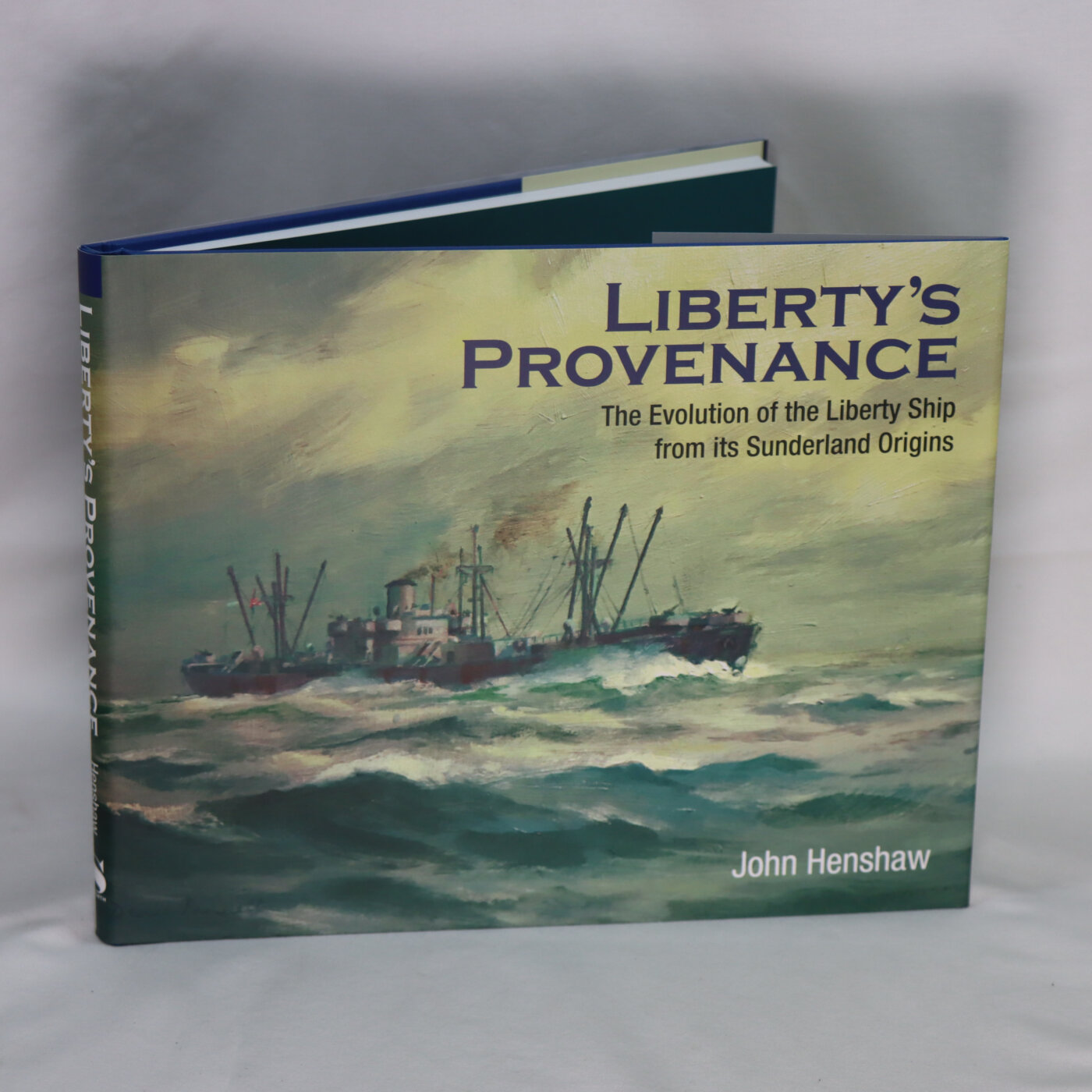
Related products
Share this Page with a friend



